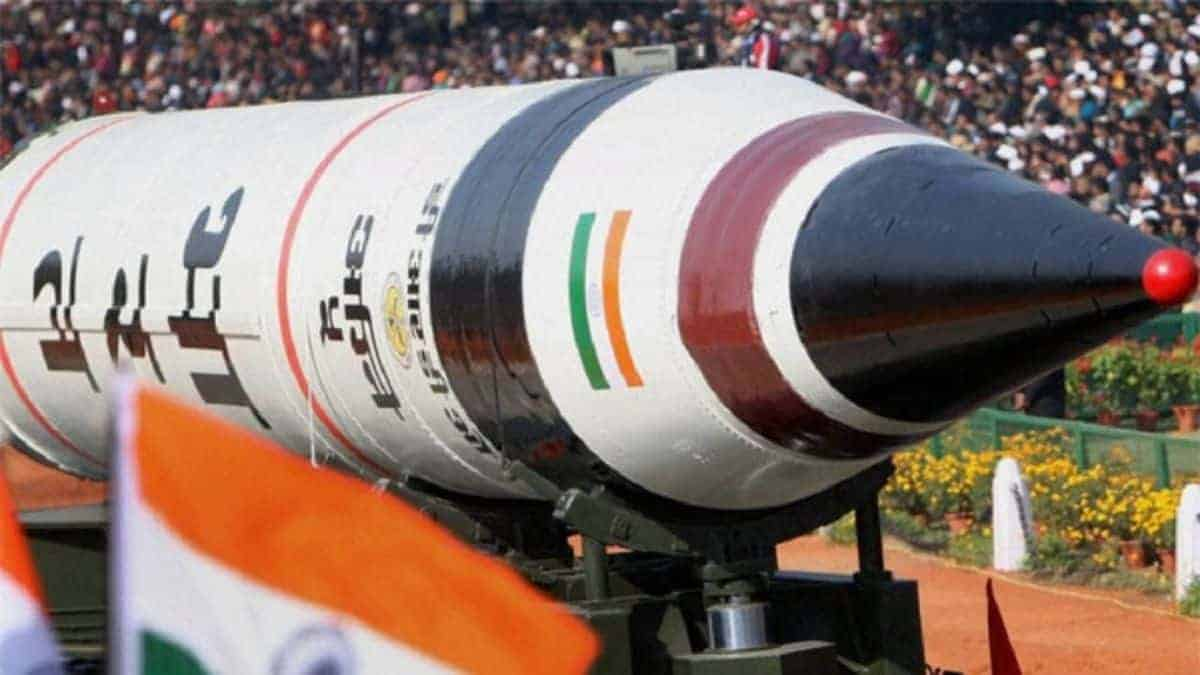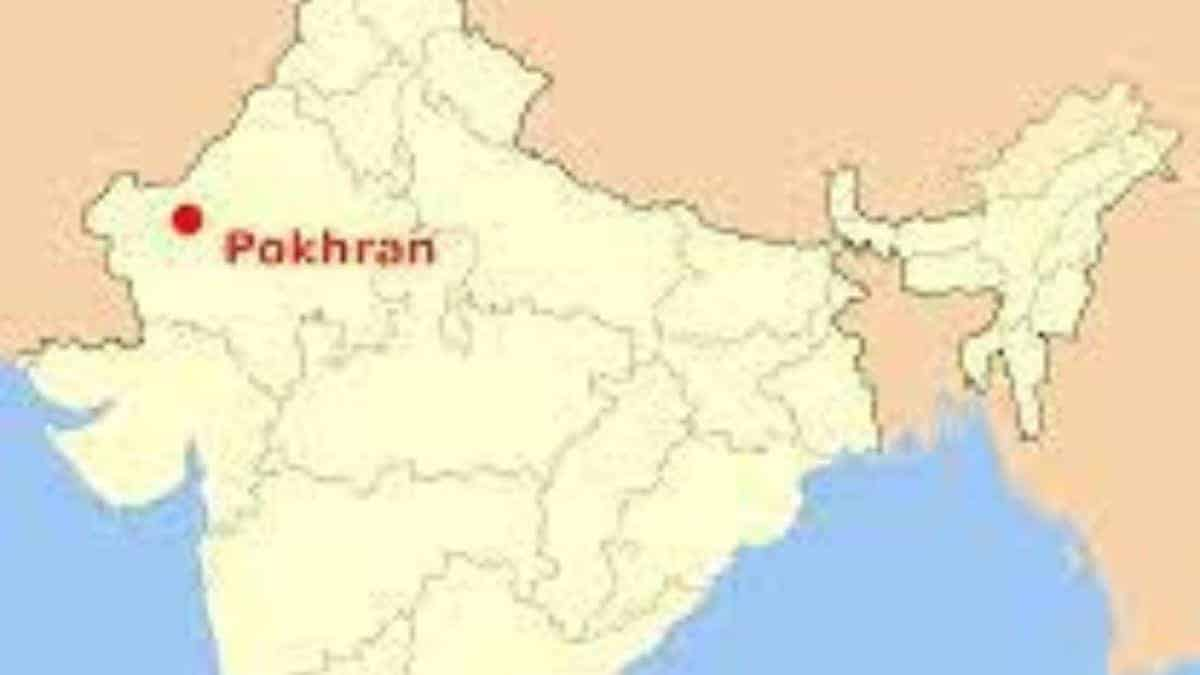Which India’s first nuclear program that made India a nuclear state?

Are you curious to learn how India became a renowned nuclear power? Which nuclear program helped India earn that title? As per the sources, we came to know that the aftermath of the events of Pokhran-II program made India a nuclear state.
In May 1998, India conducted Pokhran-II, a series of five nuclear bomb tests at the Pokhran Test Range operated by the Indian Army. India’s second successful attempt came after the first test, code-named Smiling Buddha, was carried out in May 1974.

The Nuclear Program: Pokhran-II
Five bombs were detonated during Pokhran-II; the first was a fusion bomb, while the following four were fission bombs. Under the code name Operation Shakti, the testing began on May 11th, 1998, with the explosion of one fusion and two fission bombs.
After two further fission devices exploded on May 13, 1998, the Indian government under Prime Minister Atal Bihari Vajpayee quickly called a press conference to announce that India was now a fully functional nuclear state. Several important nations, including Japan and the United States, sanctioned India in response to the tests.
About the Origin of the Program
The origins of India’s nuclear missile program begin in 1944, during the latter months of World War II when scientist Homi J. Bhabha convinced the Indian National Congress to create an institute for the study of nuclear energy. The Tata Institute of Fundamental Research was established in this respect.
India thought of accelerating its program in the wake of China’s nuclear test in 1964, but little progress was made in this area. China conducted another nuclear test in 1967, while India carried out its first nuclear test, the Smiling Buddha, in 1974, shortly after Indira Gandhi was elected prime minister.
The Nuclear Suppliers Group and the main superpowers imposed a technology embargo on India as a result of Smiling Buddha. Due to the dependence of its nuclear program on foreign technology, it was severely harmed by these sanctions, which caused the program to stall. The initial nuclear tests also sparked Pakistan’s nuclear weapons race to catch up to India. The status of India’s nuclear program was uncertain for the remainder of the Cold War.
In 1995, the Narasimha Rao administration gave the nuclear program fresh life. However, CIA spy satellites discovered that the tests were being prepared, which drew condemnation and sanctions threats from the international community. As a result, the program was momentarily suspended. The choice to proceed with a fresh set of nuclear testing known as Pokhran II was only made after the BJP administration under Atal Bihari Vajpayee came to office in 1998.
What Happened after Pokhran-II?
Considering that a new government had only recently taken office and had only been in office for a few months, the nuclear testing completely caught the world by surprise. Pakistan and the United States issued the toughest rebukes. In addition to conducting successful nuclear tests on May 30, 1998, the Pakistani government accelerated its nuclear program while criticizing India for starting a nuclear arms race in the subcontinent.
The United States strongly criticized nuclear testing and threatened to impose sanctions. As a result, all assistance to India was cut off, except humanitarian relief. India kept its ground and continued to refuse to join the Comprehensive Nuclear-Test-Ban Treaty (CTBT), believing that such a treaty was against its national interests, despite knowing well well that such sanctions would be implemented.


